France or Southern Netherlands, 17th century
Carved wood, walnut
Height:32 cm
This finely carved corpus of Christ exemplifies the austere elegance characteristic of Jansenist devotional art in the 17th century. Depicted with arms raised vertically, the figure breaks from the traditional crucifixion iconography that favors a diagonal arm span. Instead, it reflects the theological austerity and introspective spirituality promoted by the Jansenist movement, which emphasized inner grace, humility, and suffering without spectacle.
The figure of Christ is portrayed with restrained anatomical detailing: a slender, elongated torso, subtly defined musculature, and a modest perizonium loosely knotted at the hip. The head tilts upward in serene resignation, eyes lifted heavenward, reinforcing the mood of solemn contemplation rather than dramatic agony. This serene countenance and the absence of exaggerated emotional expression are hallmarks of Jansenist visual language, closely associated with the theological circles of Port-Royal in France.
Executed with remarkable craftsmanship, the sculpture maintains a balance between expressive naturalism and spiritual reserve. The lack of polychromy and the warm tone of the exposed wood surface further enhance its meditative presence.
While the corpus is now detached from its original cross, traces of mounting at the hands and feet are still visible, indicating its prior liturgical function. Comparable works are found in regional devotional chapels and monastic settings in France and the Southern Netherlands, where Jansenism had strong theological influence.



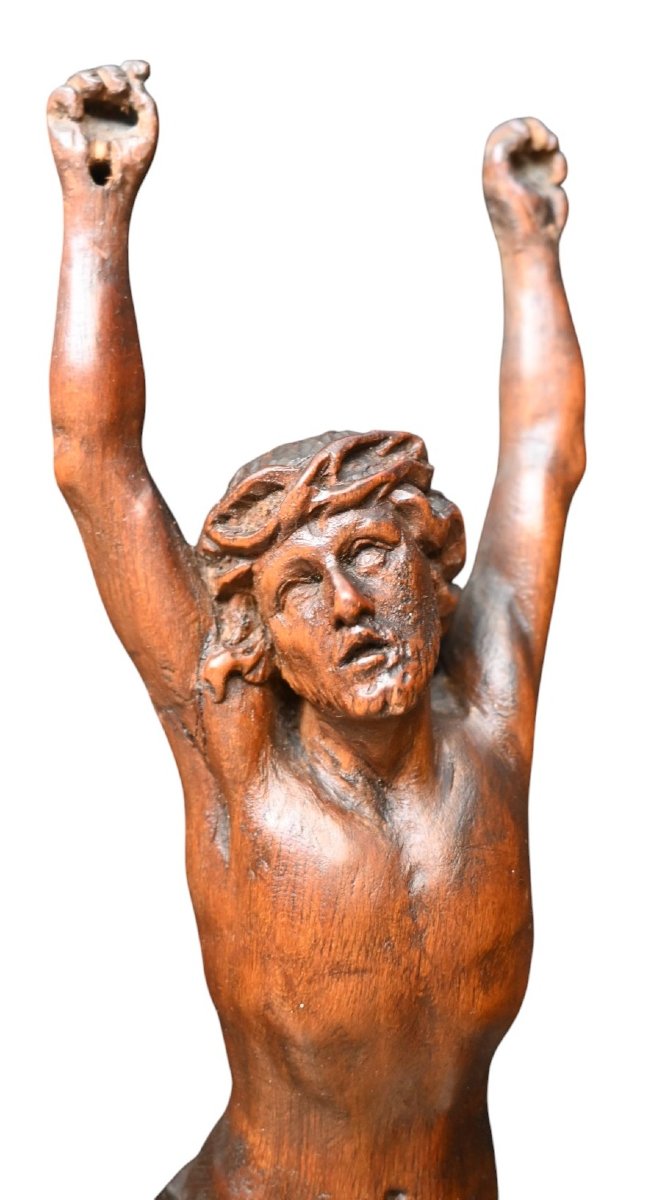
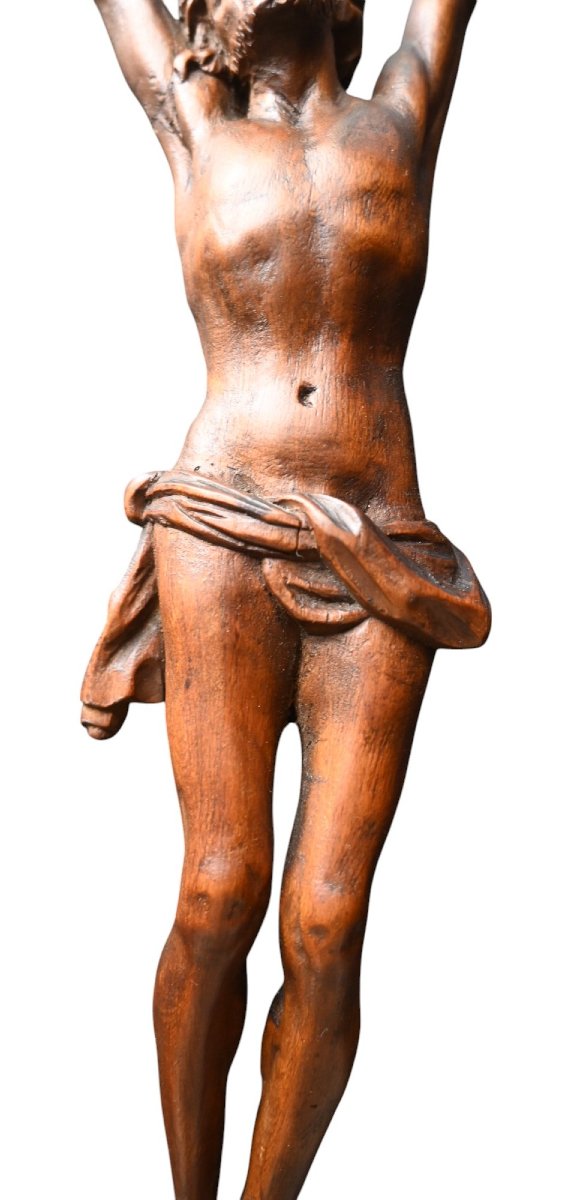













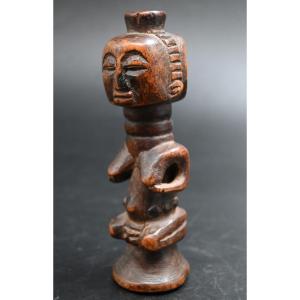
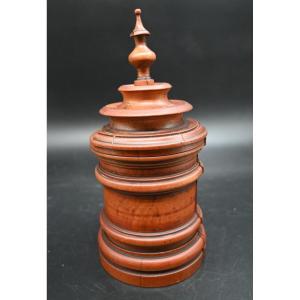


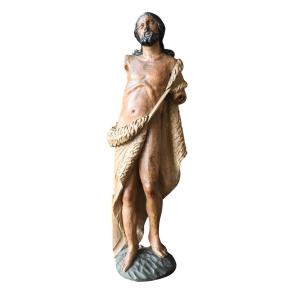



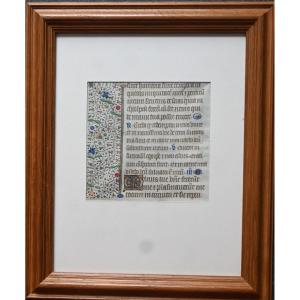






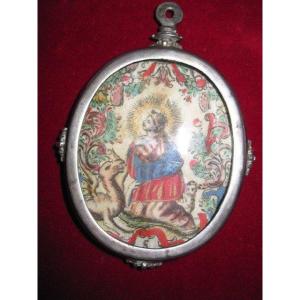

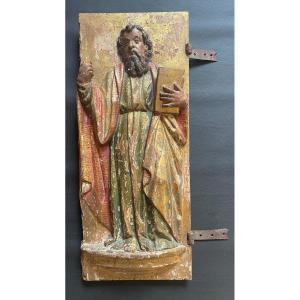
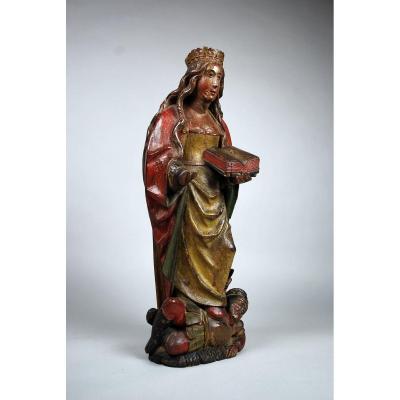



 Le Magazine de PROANTIC
Le Magazine de PROANTIC TRÉSORS Magazine
TRÉSORS Magazine Rivista Artiquariato
Rivista Artiquariato